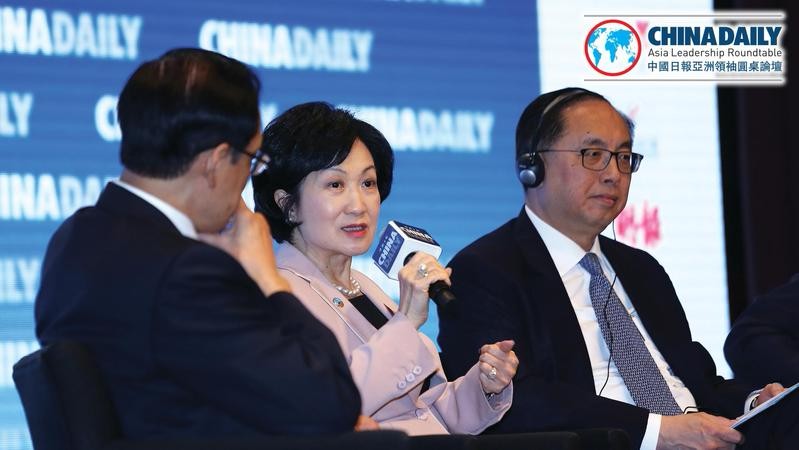2017-10-10
Lin Wenjie

Experts on Monday offered a host of suggestions for both the central and local governments to overcome the hurdles in achieving greater and more effective integration to facilitate greater growth among cities in the Guangdong-Hong Kong-Macao Greater Bay Area, which aims to build a world-class city cluster by leveraging the strengths of the 11 cities within the area. They said that as the cities are located in three different jurisdictions with separate customs regulations, the restrictions of each jurisdiction on the circulation of economic elements may hinder the region’s integration. “We want to achieve a free flow of talents, goods, services and capital within the region, so there should be reciprocal arrangements to achieve freer flow of talents. Local governments within the region also need to explore ways of facilitating the free flow of renminbi and use technology to allow ‘one-stop’ clearance of goods in Hong Kong,” said Regina Ip Lau Suk-yee, Executive Council member and co-chair of the Maritime Silk Road Society. She suggested that Hong Kong people living and working in the Greater Bay Area should get national treatment, enjoying the same rights as local citizens, such as being able to send their children to local schools. And, to encourage mainland companies to set up global or regional headquarters in Hong Kong, the SAR government should allocate quotas for tech companies to import talents. “To achieve all these, there should be a high-level coordinating committee involving central government officials, say at vice-premier level, because if we want to have greater freedom in capital flow, we need special monetary policies from the central authorities, and it’s for the chief executive to demand that,” she told China Daily after a panel discussion on “Guangdong-Hong Kong-Macao Greater Bay Area from the Belt and Road Perspective: Opportunities and Challenges”. As the area develops, its influence is likely to extend beyond the geographical boundaries of its city cluster to play a key role in the Belt and Road Initiative, serving as a key link with countries along the 21st Century Maritime Silk Road, she said. Competition within the cities of the Greater Bay Area is inevitable, but Ip emphasized that cooperation is more important than competition. “There’s bound to be competition, but that’s good for us. Competition ensures that we improve our performance. But other than competition, we can also cooperate. As Hong Kong is short of land, we could collaborate with cities in the Greater Bay Area, leveraging on their land resources to build more innovative industries,” said Ip. Ip urged the Hong Kong government to work with the cities in Guangdong province to set up a Greater Bay Area development fund to invest in new industries in the region. “As Hong Kong has lots of reserves, we could set aside some of our reserves to invest in the region — that will bring Hong Kong much higher returns in the long term,” she said. Last year, the combined gross domestic product of the 11 cities in the Greater Bay area reached US$1.36 trillion, or 12 percent of the national economy. cherrylin@chinadailyhk.com